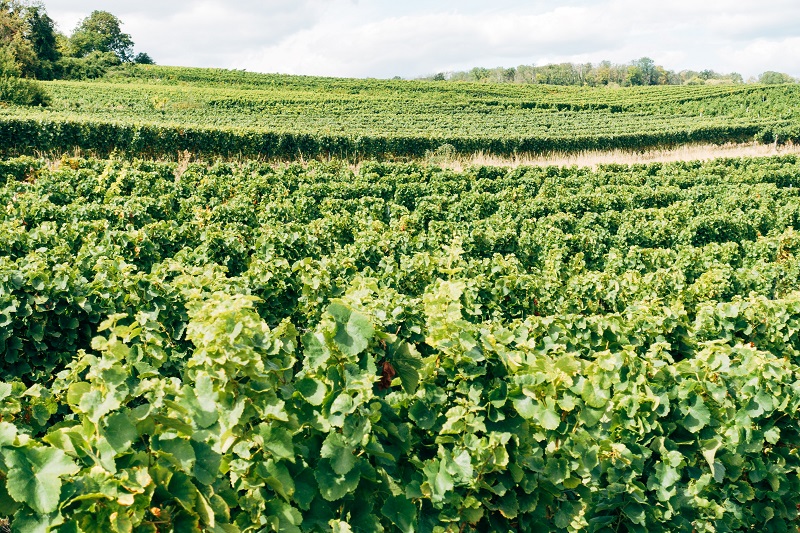If you believe the data from the latest UF/IFAS Land Value Survey was going to reveal a dramatic uptick in rural property value, then I have a piece of prime Florida farmland to sell you — cheap. Indeed, the state’s rural land values kept falling in 2009, but the rate of decline slowed somewhat and will continue to do so, according to the statistics. Rodney Clouser, UF/IFAS Food and Resource Economics professor and lead coordinator of the survey, says real estate experts are predicting a slower rate of decline — but a decline nonetheless — through 2010. Clouser’s outlook for better times is a bit further down the road. “I think it will be another 15, 18 to 24 months before hitting the bottom,” he says.
It Figures
The survey, which calculated the average rural land values as of May 2009, produced results that show farmland in North Florida dropped between 3% to 17% in value from 2008 figures, while areas in South Florida dropped between 10% to 31%. Wooded farmland, which experienced a marginal increase of just more than 1%, was a lone bright spot, although no contributing factor was attributed to the rise. In addition, the value of some transitional land — rural areas outside of cities that may be converted to housing or other nonagricultural use — actually rose more than 4% in North Florida in 2009. However, transitional land in South Florida fell by nearly 46%.
Clouser notes there are some special factors that need to be considered in why it might seem a little bleaker to finally reach the bottom and start heading back in the right direction. The report listed that, in addition to the overall recession and slower rate of population growth in Florida, other factors, such as rising energy-related costs, additional costs for disease control for some commodities, and stable or declining commodity prices certainly contributed to the down numbers. “Everybody fairly well recognizes the value of ag land has been driven by the population growth in Florida,” says Clouser. “When the economy is really bad and there are no jobs to be found, there is no domestic migration. And that’s where Florida was getting its growth from in terms of population.”
Specifically Citrus
Similar to how most other Florida farmland values fared in the 2009 survey, citrus land values also were down considerably. According to the report, the estimated value of mature oranges dropped 10.5% and mature grapefruit was down 30.7% in the southern region. The estimated value of mature oranges in the southern region for 2009 was $12,086, and mature grapefruit average price per acre was $7,369.
Land with 5- to 7-year-old citrus plantings was estimated at $7,459 per acre, which equates to a drop of 28.7%. While economic challenges teamed with pest and disease issues to inflate these numbers, some relatively recent developments were contrary in nature to the facts. In March, it was reported that Heller Bros. Packing Corp. of Winter Garden purchased more than 2,300 acres in western St. Lucie County for $7.7 million. In addition, a few months before that, Sarasota-based Heart Groves reportedly bought 1,162 acres in Highlands County that had been a dairy farm for $4.2 million, or 8.3 cents per square foot, with plans to plant citrus.
While prices are attractive and more opportunities like this are popping up, Clouser says the recent transactions are probably more an exception rather than a trend. “I don’t think there’s anything out there that says Florida is going to be adding a lot of citrus land,” he says.
“But if the price is good enough, and you can make a little money on it, cashflow it, or get the commercial loan, then you’d be saying, ‘yeah, why not buy it?’”
Seeking Silver Linings
Although the overall findings are depressing, they did fall within the range predicted by the 2009 survey, which may bode well for next year, Clouser says. If the real-estate experts’ predictions hold true, the decline for 2010 will be much less severe than that of 2008 into 2009. “The good news is that next year, it’s only going to be down 6% to 7%,” Clouser adds. “It’s still a decline, but only at half the amount or a little bit more than half it was this year.”
Avoid These Mistakes When Flying Drones Over Your Farm Field
0
1
5
Online Exclusive: Calculated Landslide
Paul Rusnak is the Senior Online Editor for Meister Media Worldwide's Specialty Crops Division, which consists of American Vegetable Grower, American Fruit Grower, and Greenhouse Grower magazines, all Meister Media brands. He is based in Northeast Florida. See all author stories here.









